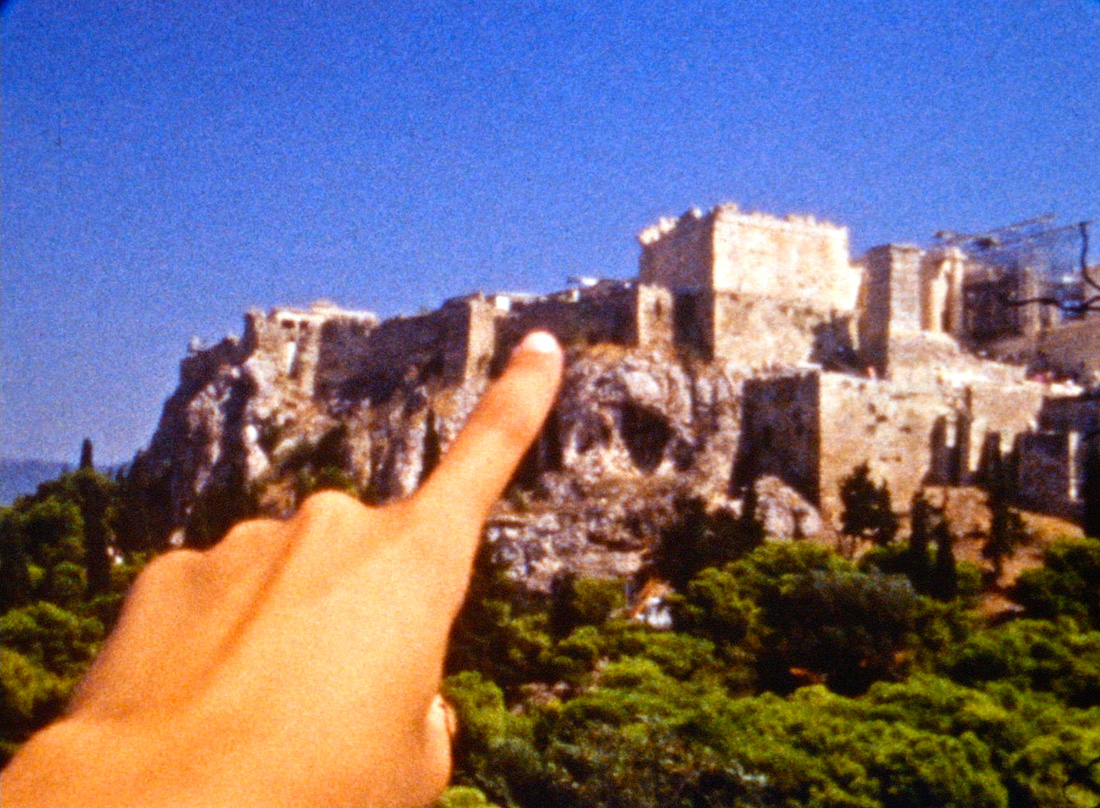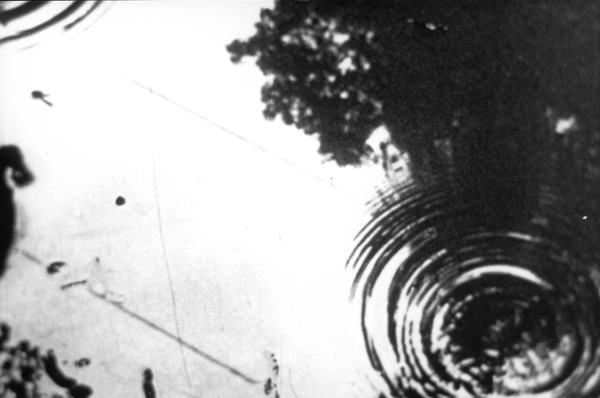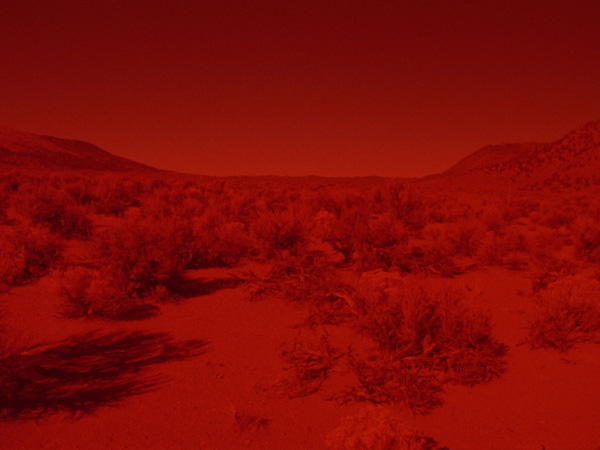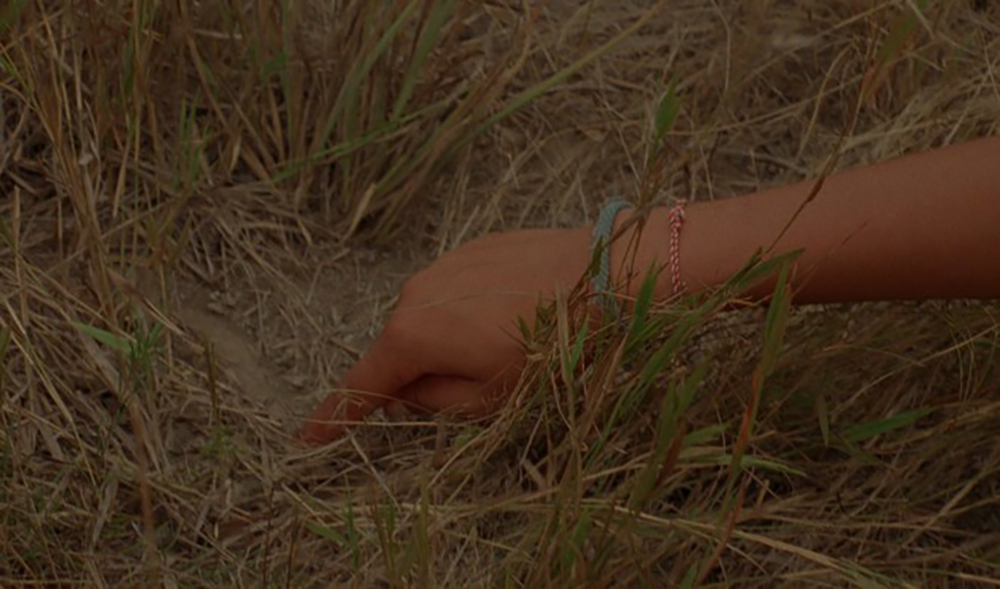Placing the Body
“Poner el cuerpo” revolves around the work of female artist-filmmakers that situate narrative from within and with the body. Taking the original programme at Punto de Vista as a starting point, this screening brings into dialogue contemporary films by Ana Vaz, Laida Lertxundi and Basma Alsharif with historical works from the vaults of the Royal Belgian Film Archive. These films all affirm the corporeal, suggesting the possibility of an incarnated cinema, whilst challenging conventional assumptions on feminist filmmaking, the personal and the body. With films by Chantal Akerman, Basma Alsharif, Maya Deren,Laida Lertxundi, Marie Menken & Ana Vaz.
(curated by María Palacios Cruz)





